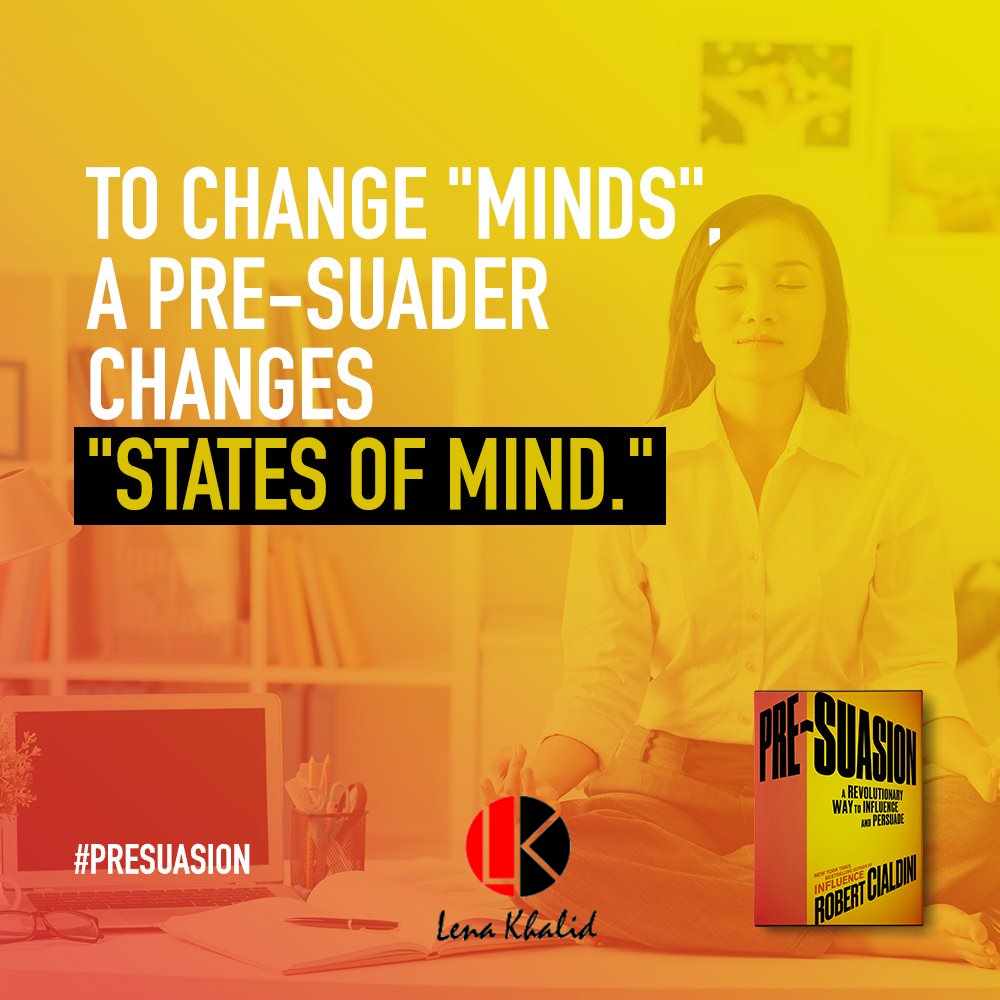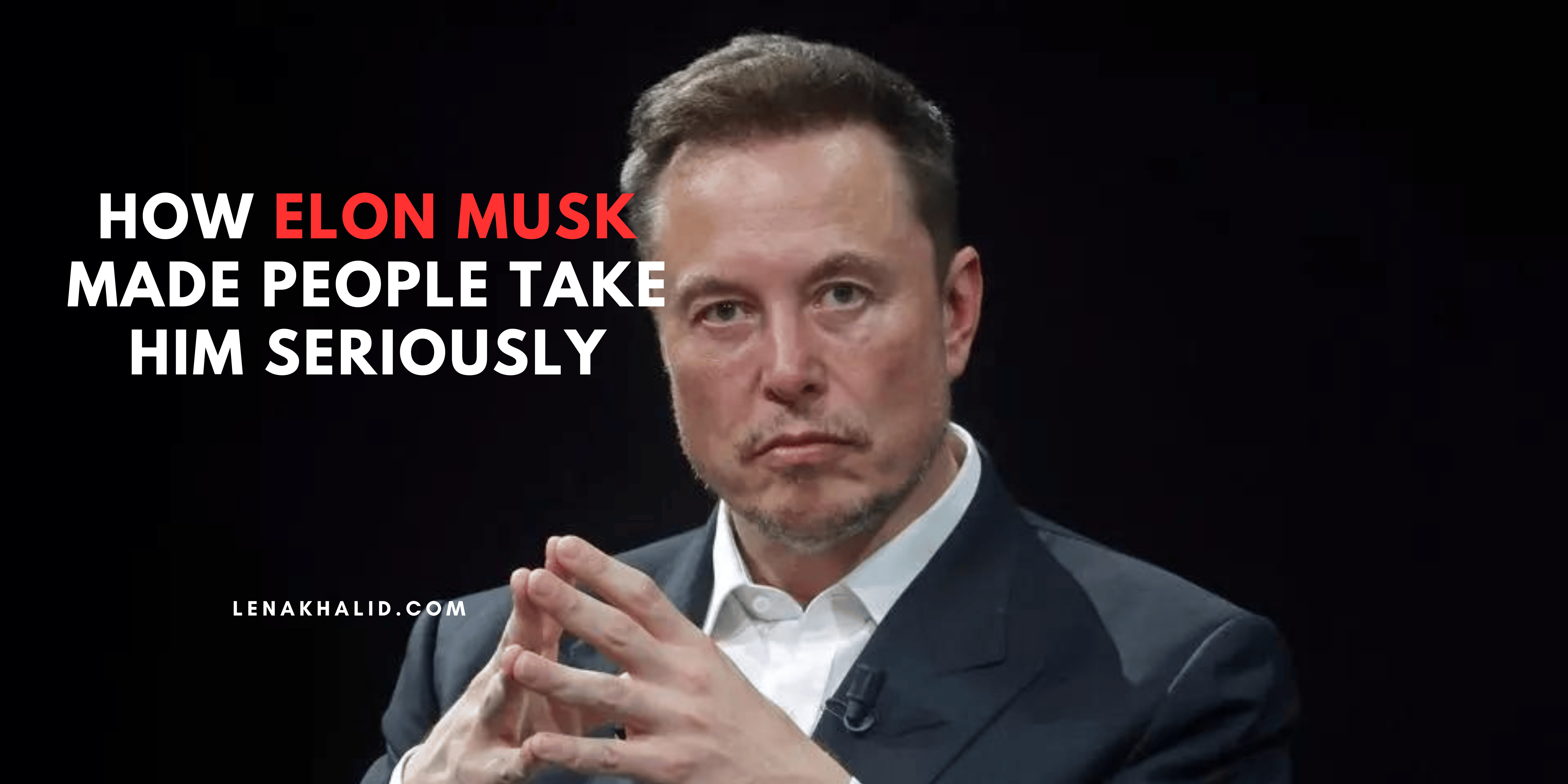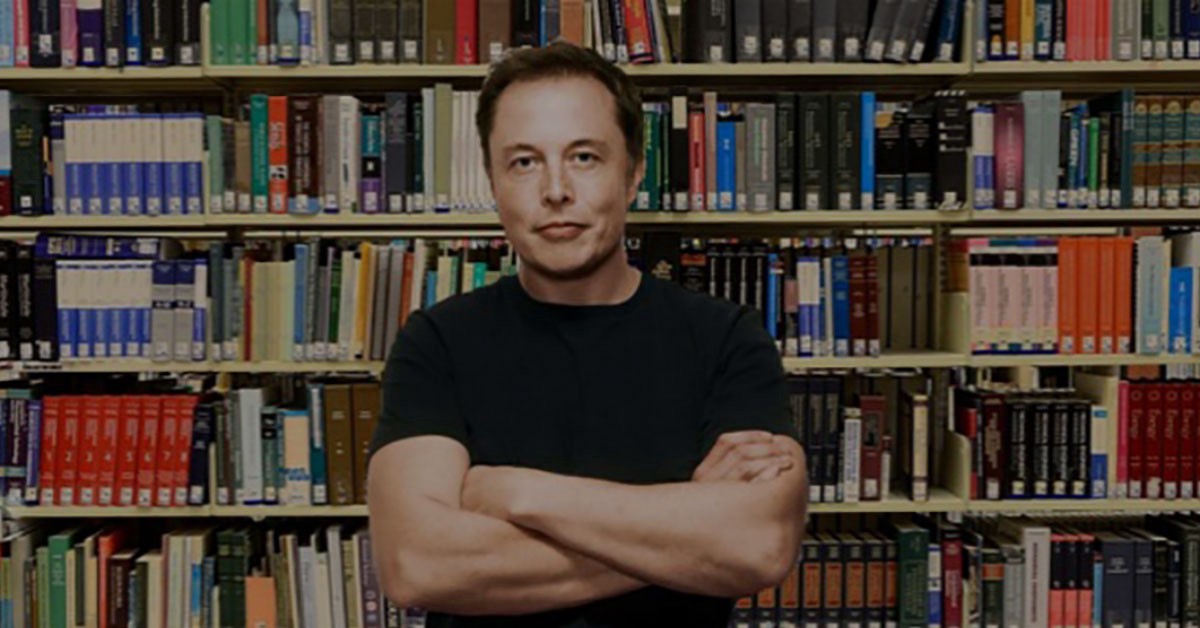
Pre-Suasion : A Revolutionary Way to Influence and Persuade
At first glance, this 412 page to me appears to provide more than anyone might want to read about pre-suasion. You may find yourself both relieved and puzzled to discover that Cialdini uses only 233 pages of it to present his views on that subject.
The remaining 180 pages make up – shockingly for a commercial venture by a bestselling author – a complete set of references, extraordinarily detailed notes and a comprehensive index. These top quality additions suggest the author seeks not only mass-market acceptance for his ideas, but academic approval as well.
For readers inclined toward research and minutiae, the notes may prove even more engaging than the main section of the book. Cialdini is a rigorous, engaged scholar; he cites every source he utilizes and details the context of those sources in a broader psychological and marketing framework. Whether or not you agree with his main theses, Cialdini clearly knows his field of endeavor and takes great pleasure in it.
Context and Setup
Cialdini focuses his years of research on the goal of helping you get what you want. It’s that simple. Everyone, everywhere, every day of the week has to convince somebody of something. Everyone has to sway people to his or her point of view. Everybody wants something from somebody. Cialdini describes the
nervous rehearsal people go through when they’re trying to devise just the right pitch to a spouse, boss, neighbor or co-worker.
He maintains, surprisingly, that the content of your pitch seldom determines whether it works. What matters, and what tips the scale, is what happens right before you make your pitch. Context and setup – in his term, pre-suasion – make the difference.
“Before It Is Fought”
The Chinese sage Sun Tzu wrote in The Art of War, “Every battle is won before it is fought.” Cialdini opens his book with this ancient wisdom. He also cites the great Roman orator Cicero, who understood that what you do before you make an appeal makes all the difference. Cialdini wanted to know what methods of persuading people “to say yes” consistently succeed across various fields of endeavor. Studying “salespeople, direct marketers, TV advertisers, frontline managers” and more, he found that victorious professionals spent the most effort preparing the ground for their requests.
Pre-suasion, Cialdini argues, is the practice of making the targets of your appeal “receptive to a message before they encounter it.”
Basic Pre-Suasion
Cialdini describes two basic strategies to illustrate his point. A consultant he knows always tells clients, “As you can tell, I’m not going to be able to charge you a million dollars for this.” This somehow makes his actual fee sound small, and most clients accept it without bargaining. A firealarm salesman with a
remarkable percentage of success also revealed his secret: He never pitches potential customers until they invite him to come inside their homes. He says you don’t let people into your house unless you trust them. If potential customers trust him, he says, they will buy from him. And they do.
Weighty and Hot
Cialdini explains the persuasive function that metaphors fulfill in daily language. “That’s a heavy load” might refer to lifting a heavy object or to performing a difficult emotional task. But metaphors can also persuade “non-verbally.” If an interviewer reads a job application presented on a heavy – versus a lightweight – clipboard, the interviewer will regard the applicant as a more serious contender.
When people read reports presented in a heavier notebook, the information seems more important. This is
pre-suasion in action: The physical presentation of the application or the report sways the reader in its favor before he or she reads a single word.
Cialdini worries that the very lightness of ereaders – a trait that so defines their appeal might make users value their content less. The weightiness of a print book, he believes, gives its words and message additional gravitas.
Heat also plays a role in human judgment. Someone holding a hot cup of coffee feels greater warmth toward those nearby and trusts them more. This can serve as a stealth form of pre-suasion. The person holding the hot coffee – or any warm object – will be more “giving and cooperative.” Thus, you can achieve powerful
presuasion even in silence.
“Saying or Doing the Right Thing”
Many other simple tactics can help you draw other people toward your position. To get people to try a new product, ask if they are “adventurous.” If you want someone to help you, show photographs of people standing near one another. To inspire someone to achieve, display an image of a “runner winning a race.” To guide people to consider their options carefully, show them a photo or model of Auguste Rodin’s statue The Thinker.
Figuring out exactly what you should do or say to support your interests requires being tuned in to your situation and context. Suit your tactic to the moment, the person and your persuasive goal.
“Commitments”
To ensure that someone carries out an enduring positive action after giving you an initial positive response, have that person make a commitment. Doctors in England discovered that calling patients the day before their appointments reduced cancellations by a modest percentage. So did writing down their future appointments on a card. But, they got the strongest positive effect when the patients themselves filled in a card at one appointment detailing the time and date of the next. This made the patient participate in committing – and such participation made all the difference.
Jargon
Pre-Suasion isn’t well-written, but it’s full of intriguing material. At times, Cialdini slips into jargon, much of it of his own devising. His final, sum-up paragraph, which he intends to be inspirational, is almost unintelligible. Full comprehension demands several re-reads.
Cialdini would benefit greatly from using shorter sentences, avoiding passive voice and run-on clauses, and demonstrating less love for the sound of his own voice. He seriously needs an editor to help him understand which of his myriad examples need multiple pages of description and which need only a sentence or two.
As his lengthy notes indicate, Cialdini – like a lot of research intensive authors – seems far too enamored of every single discovery he’s made. He wants to share them all.
Valuable Insights
For many authors, these flaws would be a death knell and would render their work unreadable. But Cialdini is really onto something. He presents his findings with vigor, passion and genuine surprise. His profound sincerity about the findings his research reveals makes his conclusions worthy, helpful and, for those
who embrace them, effective.
Get your copy of Pre-Suasion Here
Robert Cialdini, PhD, is president and CEO of Influence at Work, a training consultancy. His books, including the bestseller Influence, have sold more than three million copies worldwide.






